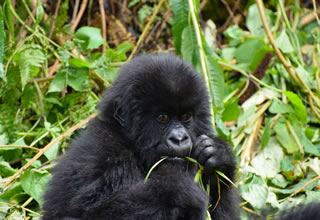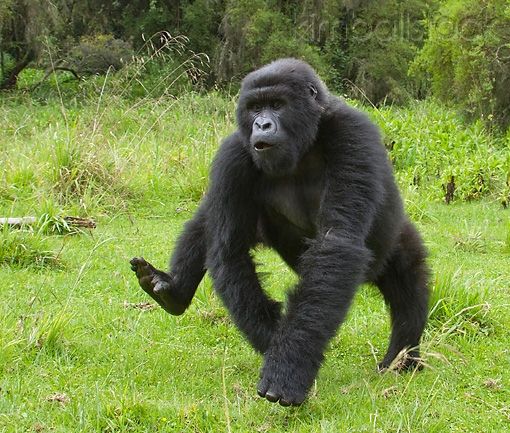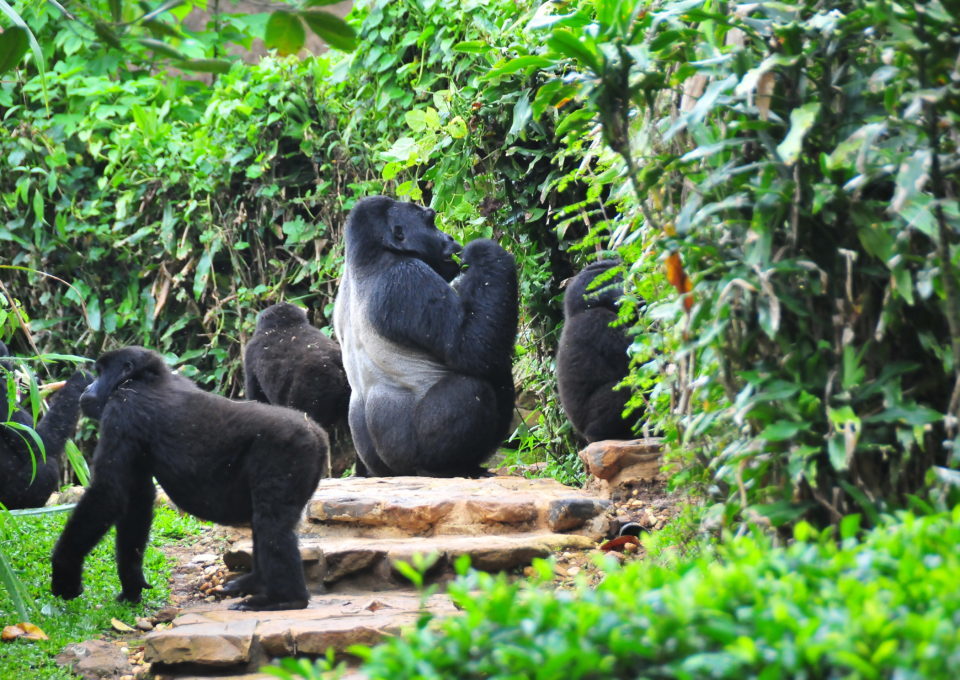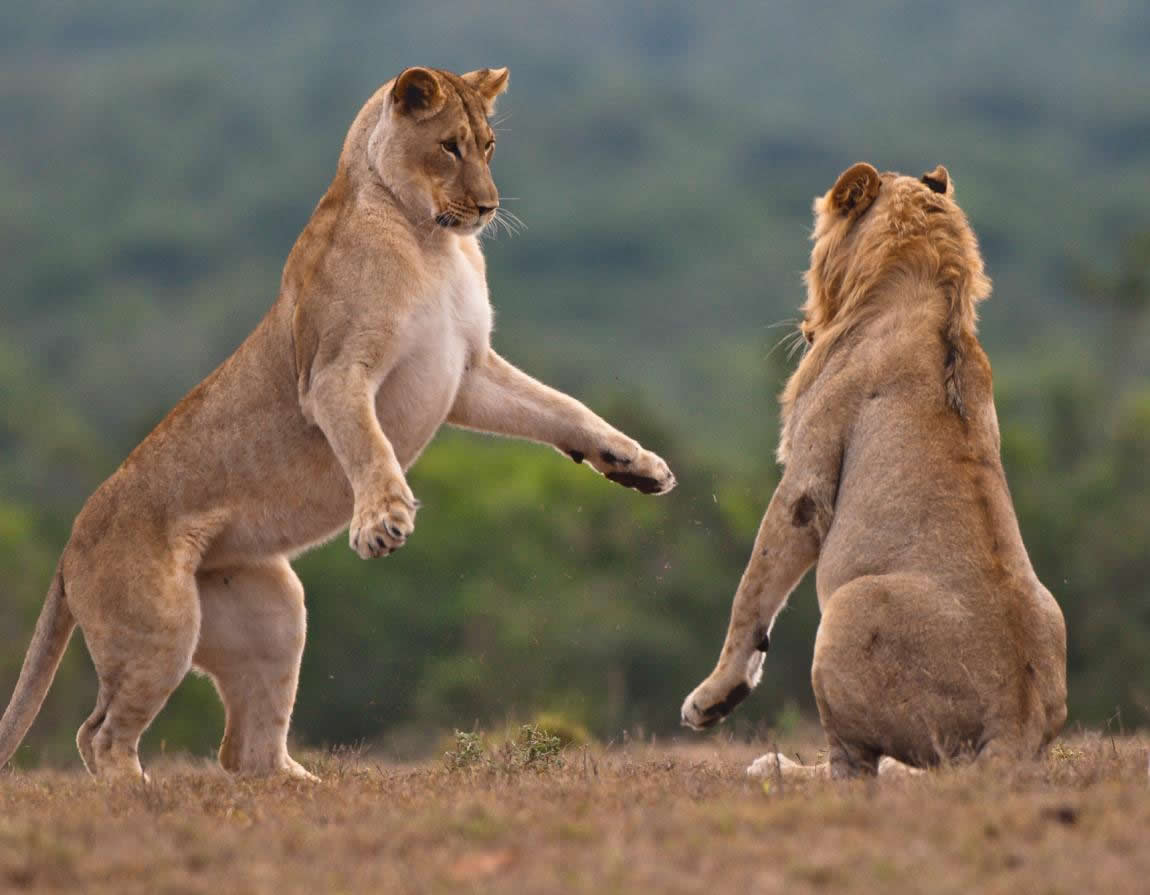
The Big 5 In Uganda and Where To Find Them
February 12, 2023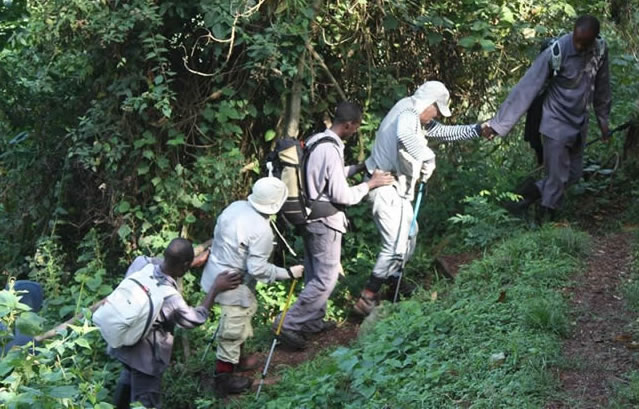
Common Mistakes To Avoid On A Gorilla Safari To Uganda
February 14, 2023How can we conserve gorillas and their habitats in Uganda?
About half of the remaining 1063 mountain gorillas live in Uganda and specifically within Bwindi Impenetrable National Park and Mgahinga Gorilla National Park. Although the number of these large apes is on increase, there is still a need for more efforts to ensure that they continue thriving for future generations to come.
Mountain gorillas face multiple threats that impact their survival in the wild. These include the spread of infectious diseases, poaching, habitat loss, and others. A successful conservation story about these apes has been registered thanks to the collective participation of stakeholders.
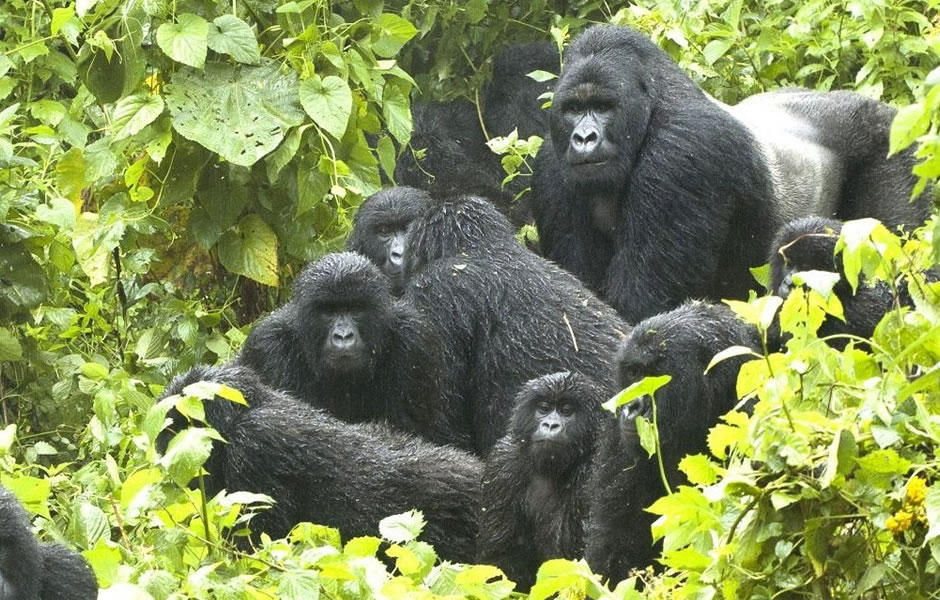
There are many ways one can play part in conserving gorillas and their habitats. Due to the gradual increase in mountain gorilla numbers, the IUCN listed them as endangered species.
These live in 2 regions: the Virunga Conservation Area and Bwindi Impenetrable National Park. The recent census indicates that about 1063 mountain gorillas still reside in the wild and these apes don’t live in the zoo. Here are the different ways that you can conserve gorillas and their habitats.
Visit Uganda for gorilla trekking (Bwindi or Mgahinga)
The most effective way to engage in the conservation of mountain gorillas and other wildlife is by embarking on a gorilla tour in Uganda. By booking a gorilla tour in Uganda, you contribute 100% of the budget needed to facilitate conservation activities in the respective gorilla safari parks.
All participants in gorilla trekking require valid gorilla permits and these are obtainable at a cost. Interestingly, Uganda is a budget-friendly gorilla tour destination offering permits at USD700 per person and if you want to spend more time with gorillas, you can opt for gorilla habituation each permit costs USD 1500 but guarantees 4 hours of close interaction.
The largest part of the fees paid on gorilla permits and safaris goes is to cover the costs of gorillas and other wildlife plus their habitats. These include facilitating the law enforcement officers who do the daily monitoring of the parks to ensure no poachers enter the park to carry out illegal activities such as poaching; paying scientists/researchers and veterinary doctors, supporting local projects such as goat rearing.
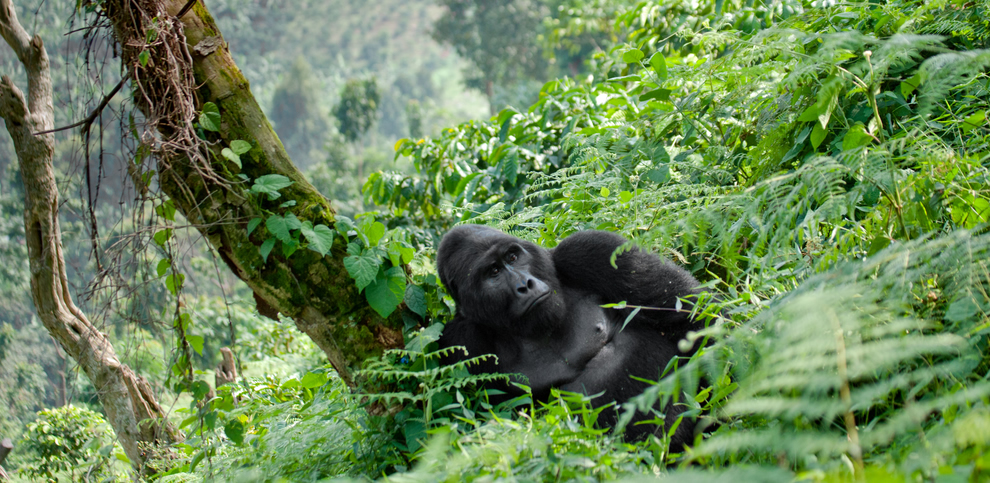
Rwanda Gorilla Tours
Donate to any of the gorilla conservation organizations
There are several organizations that are involved in conserving wildlife, especially gorillas. These include the International Gorilla Conservation Programme, Uganda Wildlife Authority, Gorilla doctors, mountain gorilla conservation fund, Conservation through Public Health, and others.
Don’t visit mountain gorillas when sick/suspect yourself to be ill
Mountain gorillas share a percentage of 98.2% of their DNA with humans which makes them susceptible to infectious human diseases. To limit any further spread of infectious human diseases, only visitors with no illnesses are allowed to engage in the gorilla trekking experience.
Keep the gorilla habitat clean & never destroy it
Mountain gorillas have one area to stay and that is in the natural forests. On a gorilla trek, you must keep the habitat clean; carry back all the used containers like bottles of drinking water, etc. The park’s vegetation should not be destroyed.
Always observe the 7-8 meters distance from gorillas
The standard distance you must keep away from gorillas is 7-8 meters. This should be maintained at all times from the very first time you set foot to search for gorilla families. Observing that interaction space with these apes saves them from contracting infectious diseases.
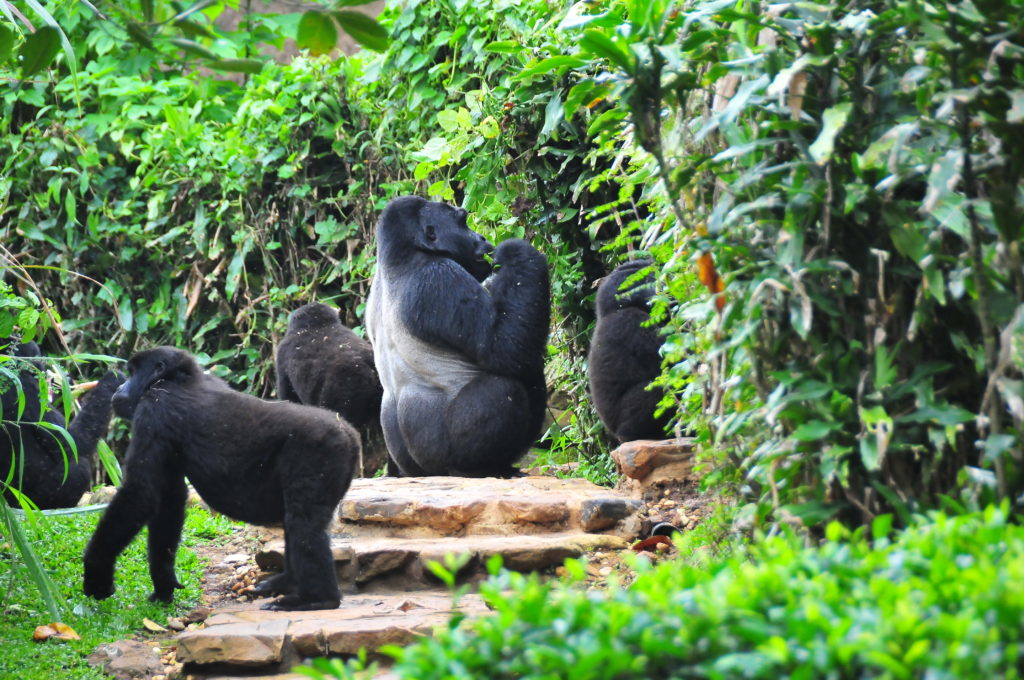
Participate in community activities or purchase their products
Wildlife/gorilla conservation is not only for the park authorities but also for other stakeholders and it includes communities living adjacent to the protected areas. There are important community projects to be visited during the gorilla tour in Uganda and including the Batwa pygmies community living adjacent to Bwindi and Mgahinga NP.

